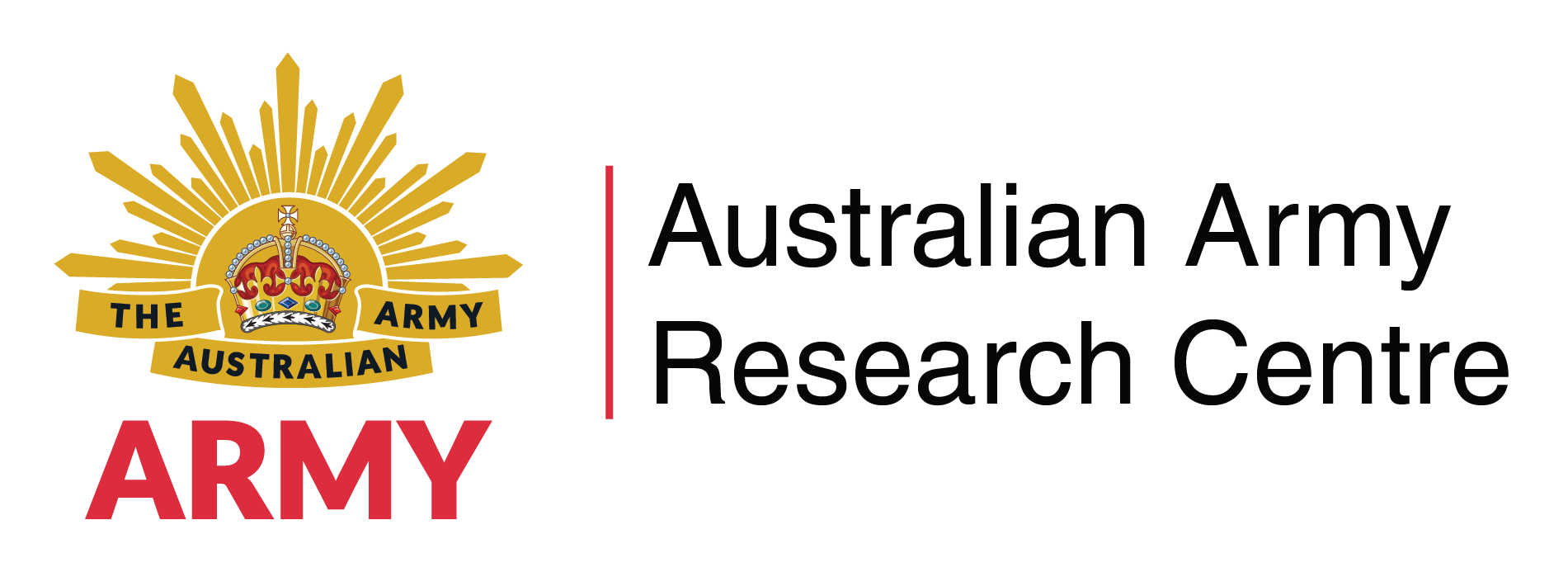Search
Using the filters to the left, click your selection, it will become bold and filter the results, click it again to remove that filter.
Abstract Success in counterinsurgency requires a careful balance between the ability to win the support of the people, and a finely honed close combat ability which can crush the enemy with precision whenever and wherever the opportunity arises. This article examines these issues from a commander’s perspective with a focus on counterinsurgency operations in Uruzgan in the second half of 2009. In doing so it focuses on two primary areas in which MRTF-2 modified its operational techniques: dispersed …
Abstract This article examines the role of culture in an insurgency and critically analyses the way that counterinsurgency operations address culture. Essentially, the article argues that Western counterinsurgency warfare generally assumes that the culture of a nation beset by an insurgency will adapt to population-centric approaches made by the counterinsurgent force. This assumption is the result of a fundamental mismatch between the theoretical/ideological underpinnings of counterinsurgency theory and a …
Abstract The fight against the Taliban in Afghanistan has lasted for almost eight years now—longer than even the Second World War. The author argues that in this time, progress has been made, but that it has been made against a tide that now threatens to wash away the modest gains so bitterly made. Australian forces have been making gains in their sector, but with the Dutch contingent expected to leave sooner rather than later, the author insists that only a significantly increased Australian presence will …
The flight comes into view. Nine machines, enough to lift the whole company. Purple smoke marks the landing zone as the helicopters wheel over the jungle perimeter and ease themselves fussily onto the ground. The soldiers emerge from the nearby trees and clamber aboard, section by section, awkward with their heavy packs and weapons. Together with others of the company headquarters group, the captain is assigned to the lead helicopter. The flight is airborne again within five minutes. Aloft, the deafening …
Abstract One of the enduring challenges of the war in Afghanistan has been the synchronised delivery of sustained population protection with robust good governance, development, and reconstruction efforts. Beginning in 2009, the United States began to send additional resources to Afghanistan in order to adopt a population-centric counterinsurgency strategy. Significant efforts were made to better organise US and NATO military forces to implement this strategy and the US Embassy also sought to better …
Abstract This article examines the key role that junior commanders and their soldiers must play in the execution of force concepts necessitated by the emergence of modern counterinsurgency warfare. Now more than ever, platoon teams and sections have the moral, legal and strategic imperative to analyse and apply force concepts at a rate and magnitude equal to, if not in excess of, their higher command. This article discusses approaches to this increased pressure by drawing on experiences from platoon teams …
Abstract This article identifies the opportunity, if not the necessity, for the Australian Defence College to offer a larger pool of mid-ranking Army officers a mission-focused part-time ACSC program. To do this the article will assesses one of the current part-time ACSC options, the Army Reserve ACSC course (ACSC(R)), against its ability to build and develop the skills required of a mid-ranking ‘mission-focused’ officer. This analysis is Army focused; however, the concepts are applicable to a tri-service …
Abstract The Australian Defence Force has a need for procedural medical specialists in garrison healthcare, on major exercises and on operations. Employing such specialists in the full-time component of the ADF has proved largely impossible, leading to reliance on civilian contractors. However, the ADF Reserves include many procedural medical specialists who could potentially perform this work. Underemployment of the Reserves is a costly lost opportunity. This article proposes a method of better matching …
Abstract The Explosive Ordnance Disposal (EOD) team, an element of 20 EOD SQN, is among the Australian Defence Force’s most effective weapons in the fight against the improvised explosive device (IED), the tool of the modern insurgent. The crucial communications element of the EOD team is currently managed by a Regimental Signaller, a non-specialist operator with all-corps training. Replacing the Regimental Signaller with a specialist Communications Systems Operator (COMSYSOP), however, would significantly …
Abstract This article discusses the effect of the acquisition of the Amphibious Deployment and Sustainment (ADAS) System, acquired under JP 2048. It is argued that the project is largely ignoring the need to control river systems and shallow water areas that dominate our region’s geography. The article also discusses the training implications associated with the raising and sustaining of a world class amphibious force. A small but highly trained [amphibious] force striking ‘out of the blue’ at a vital spot …
